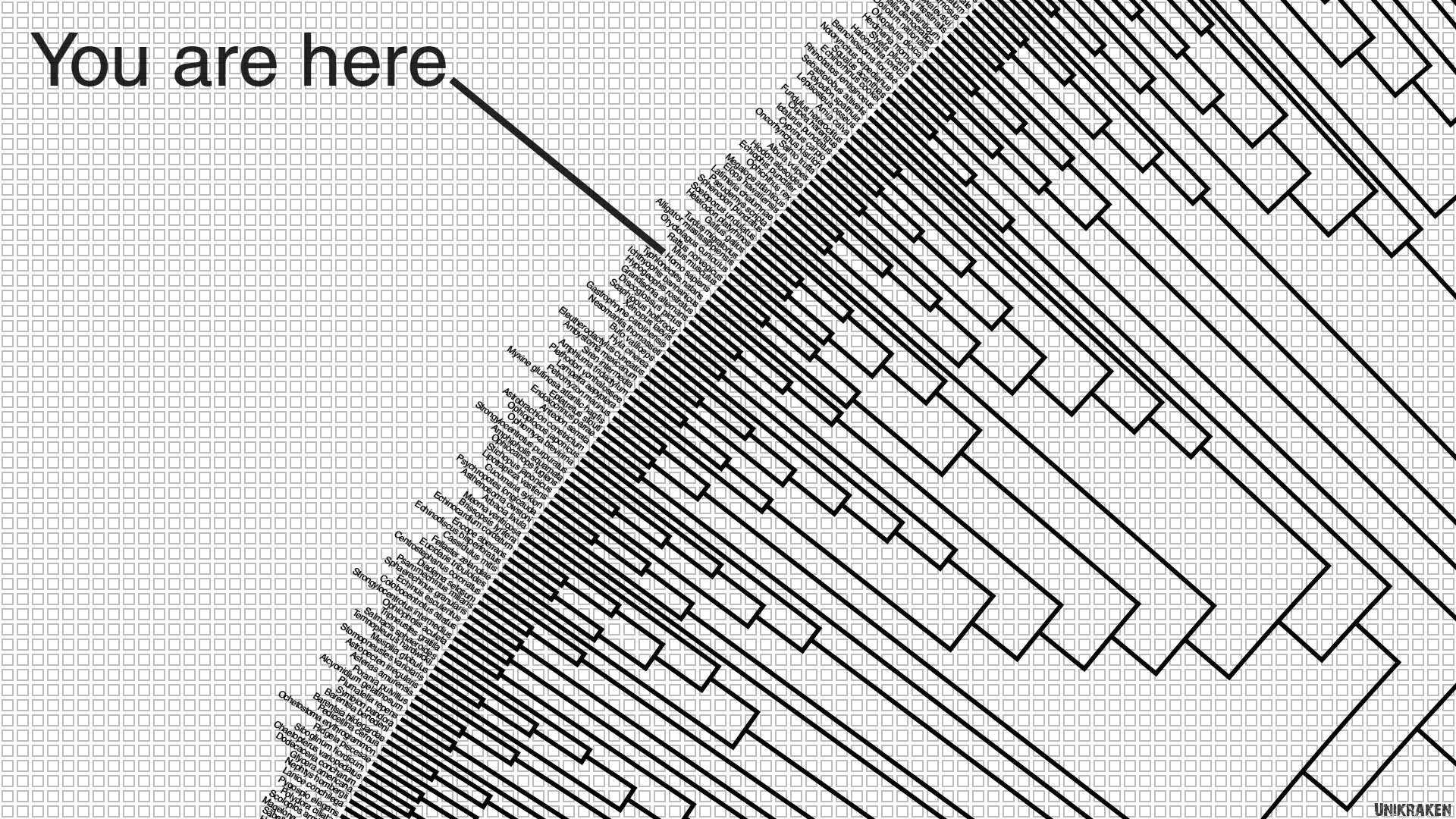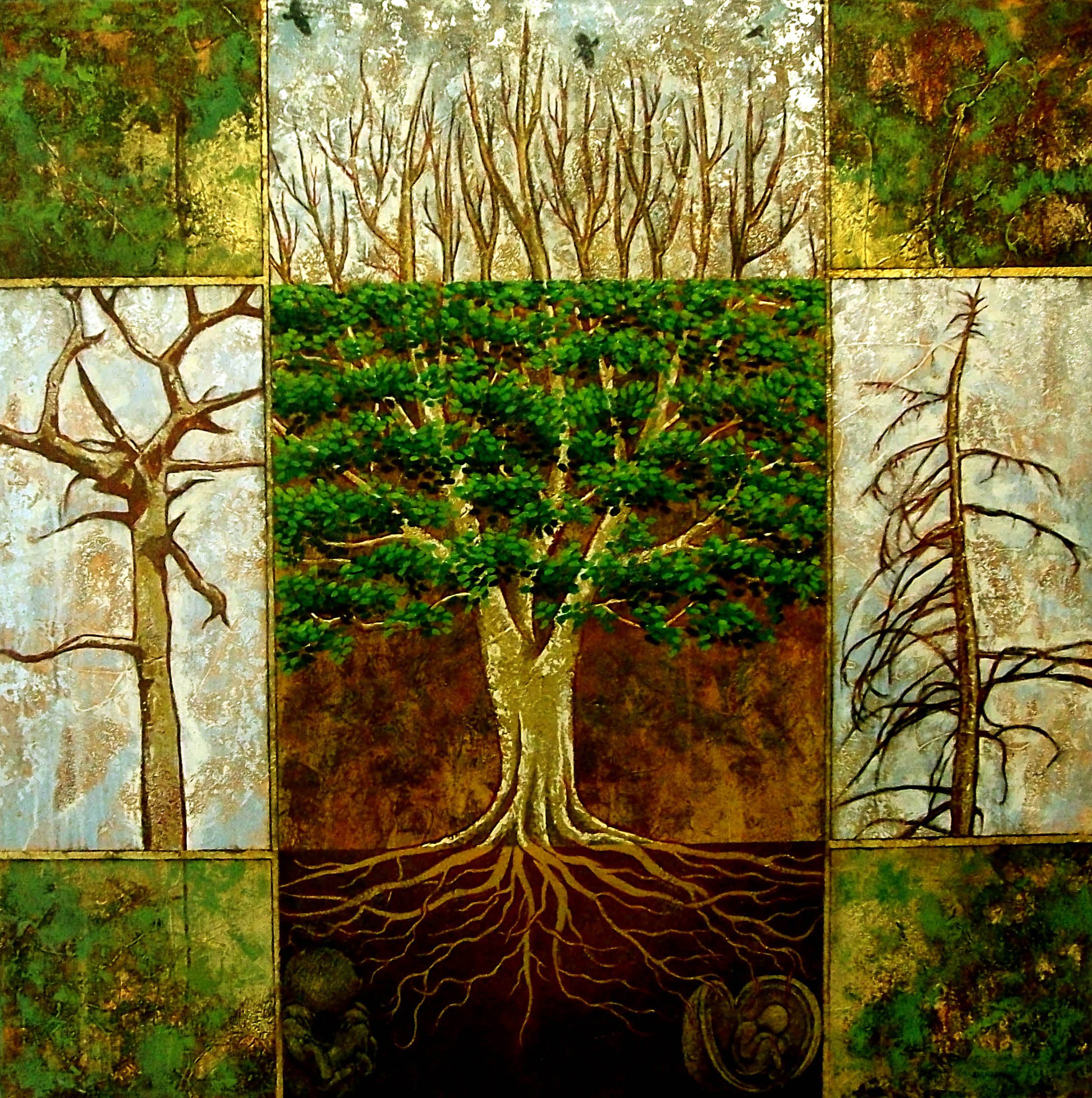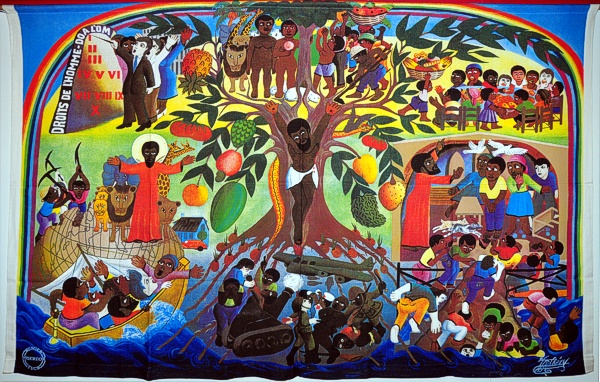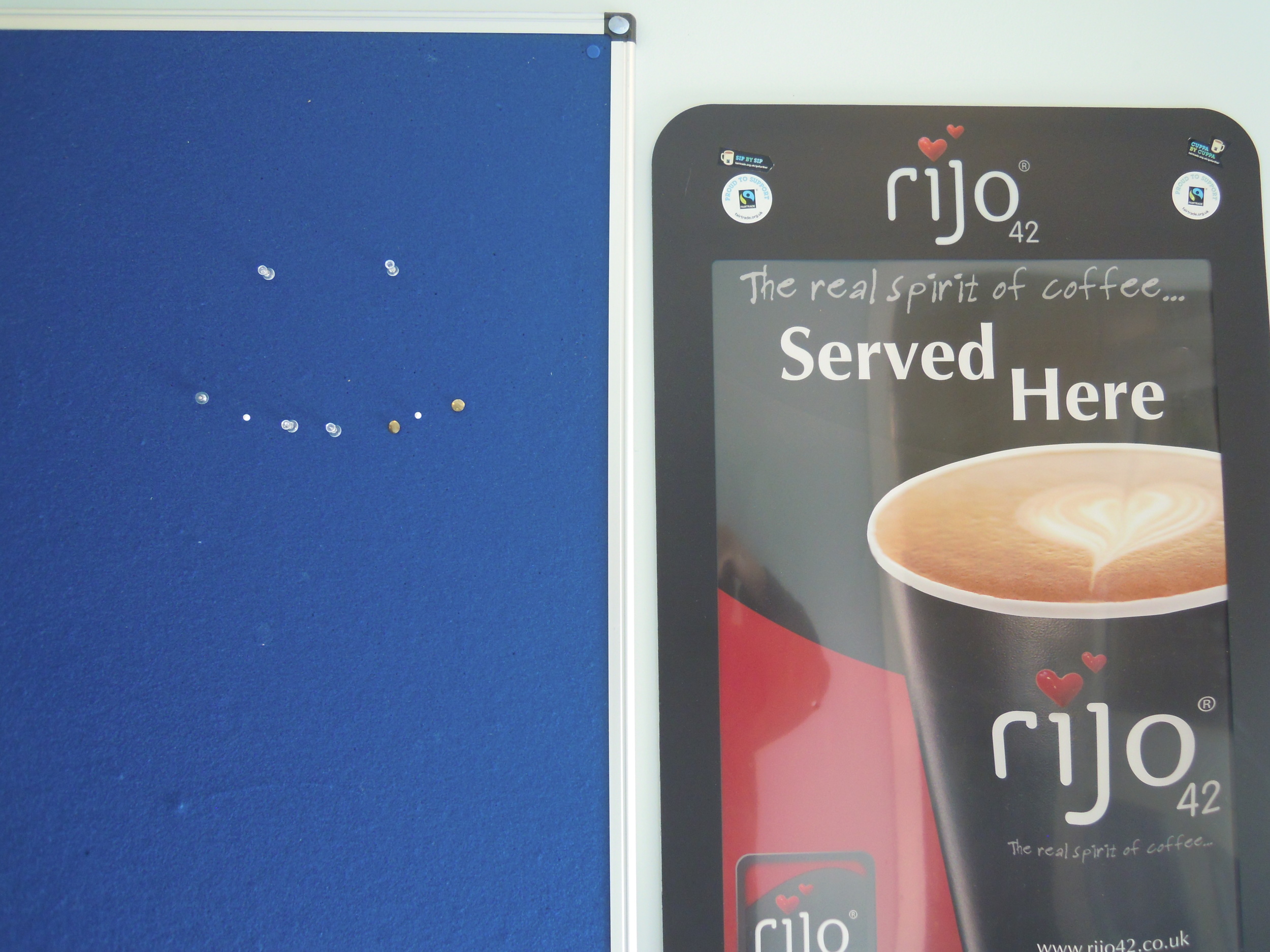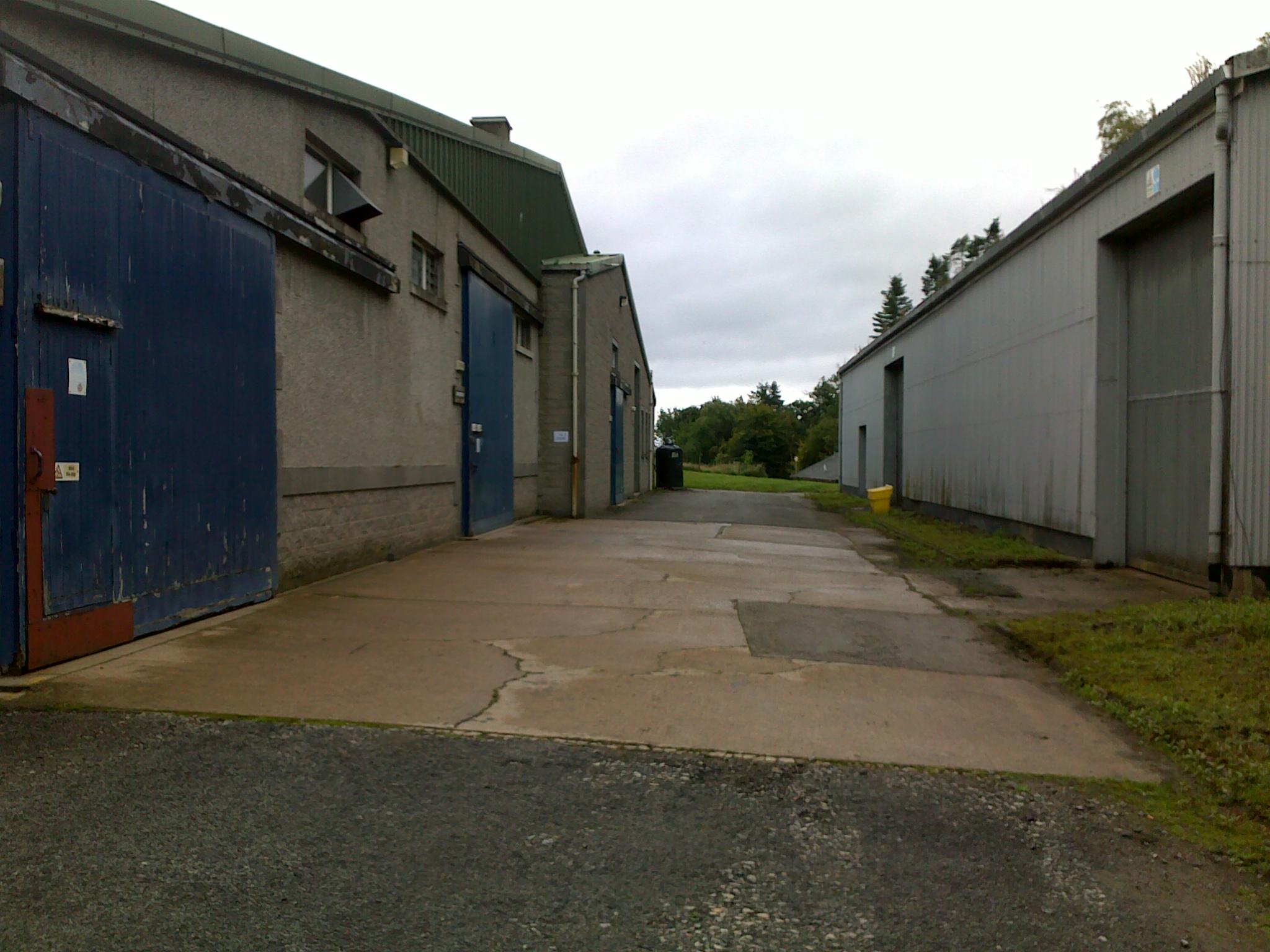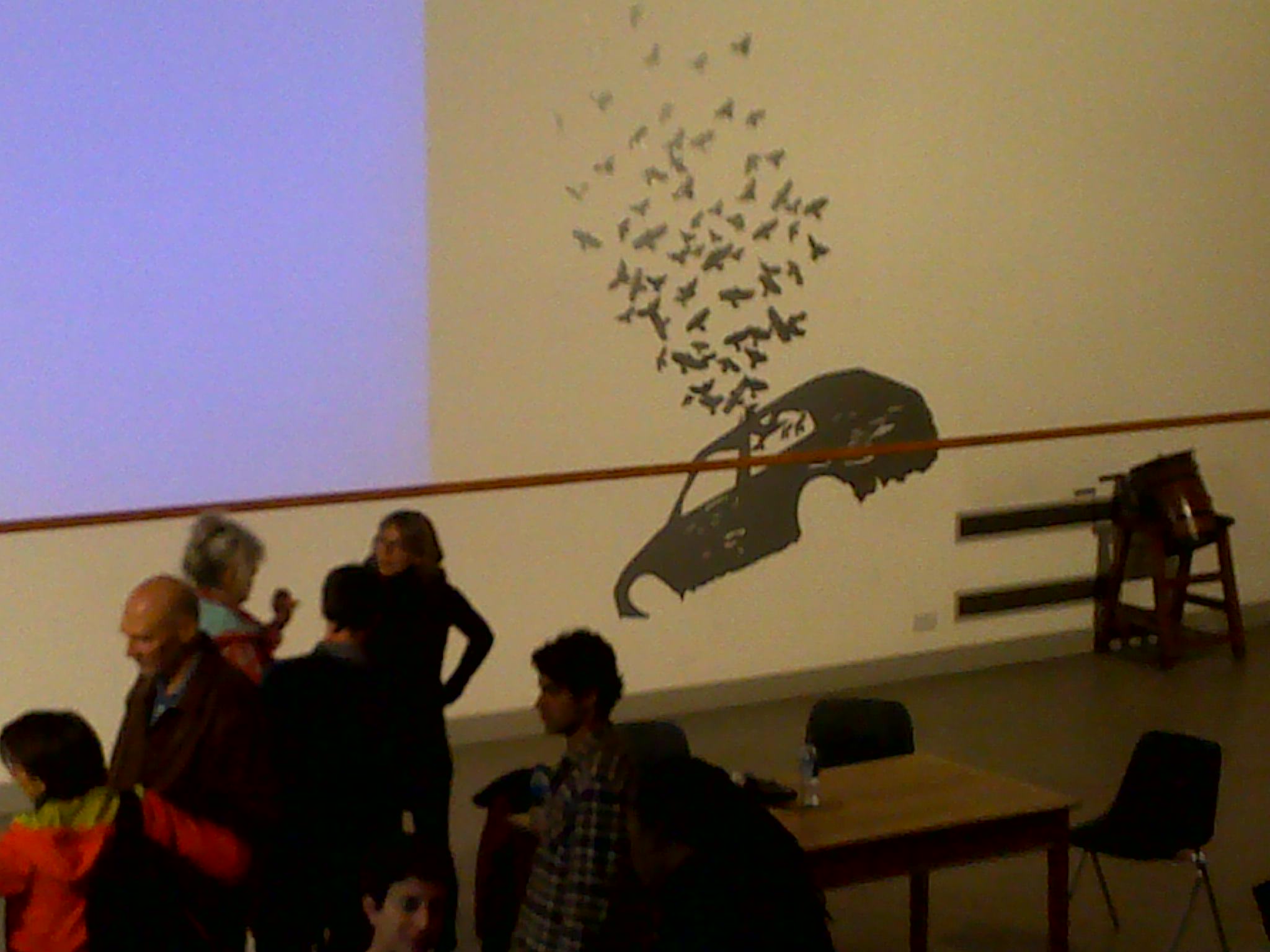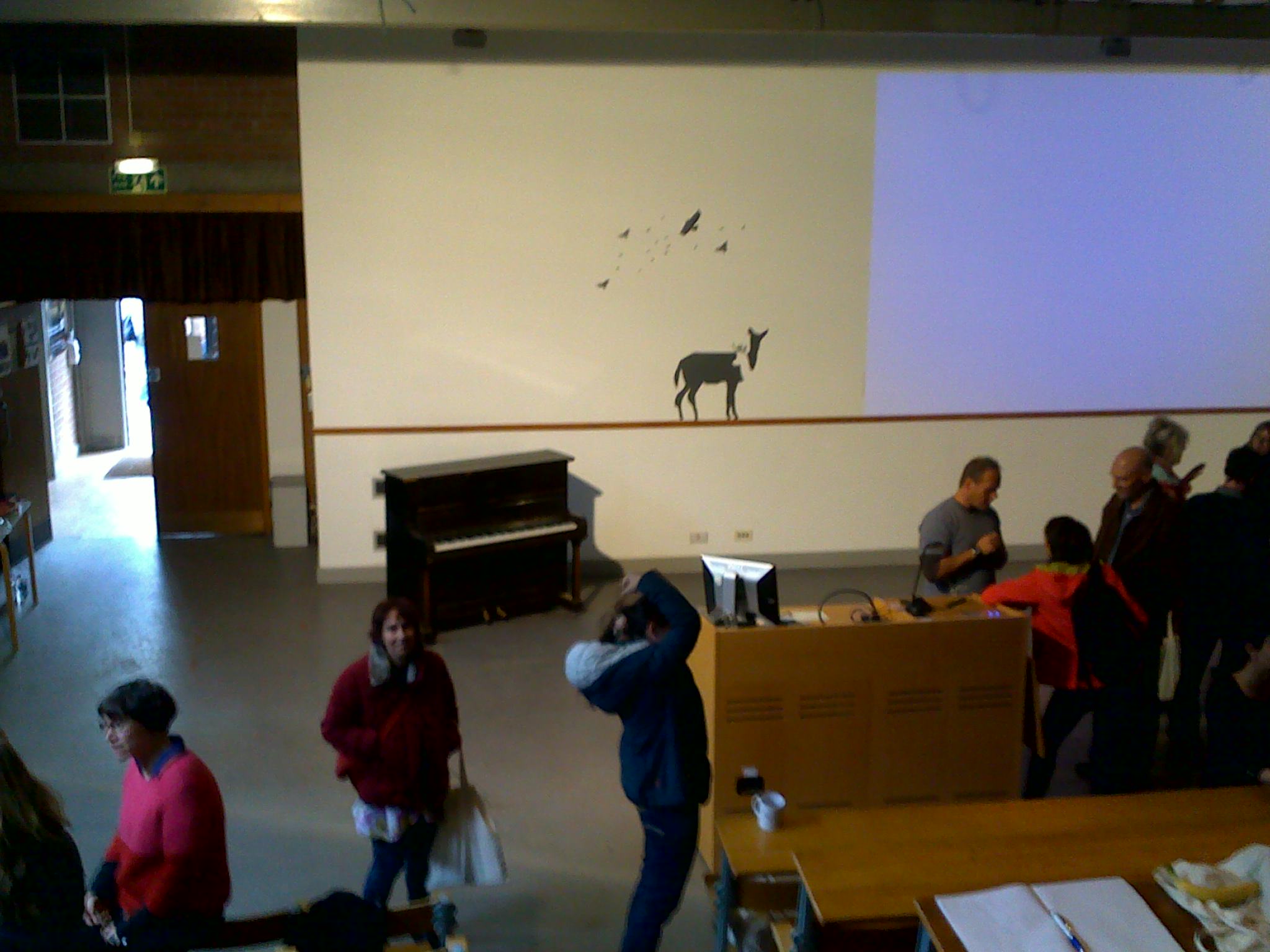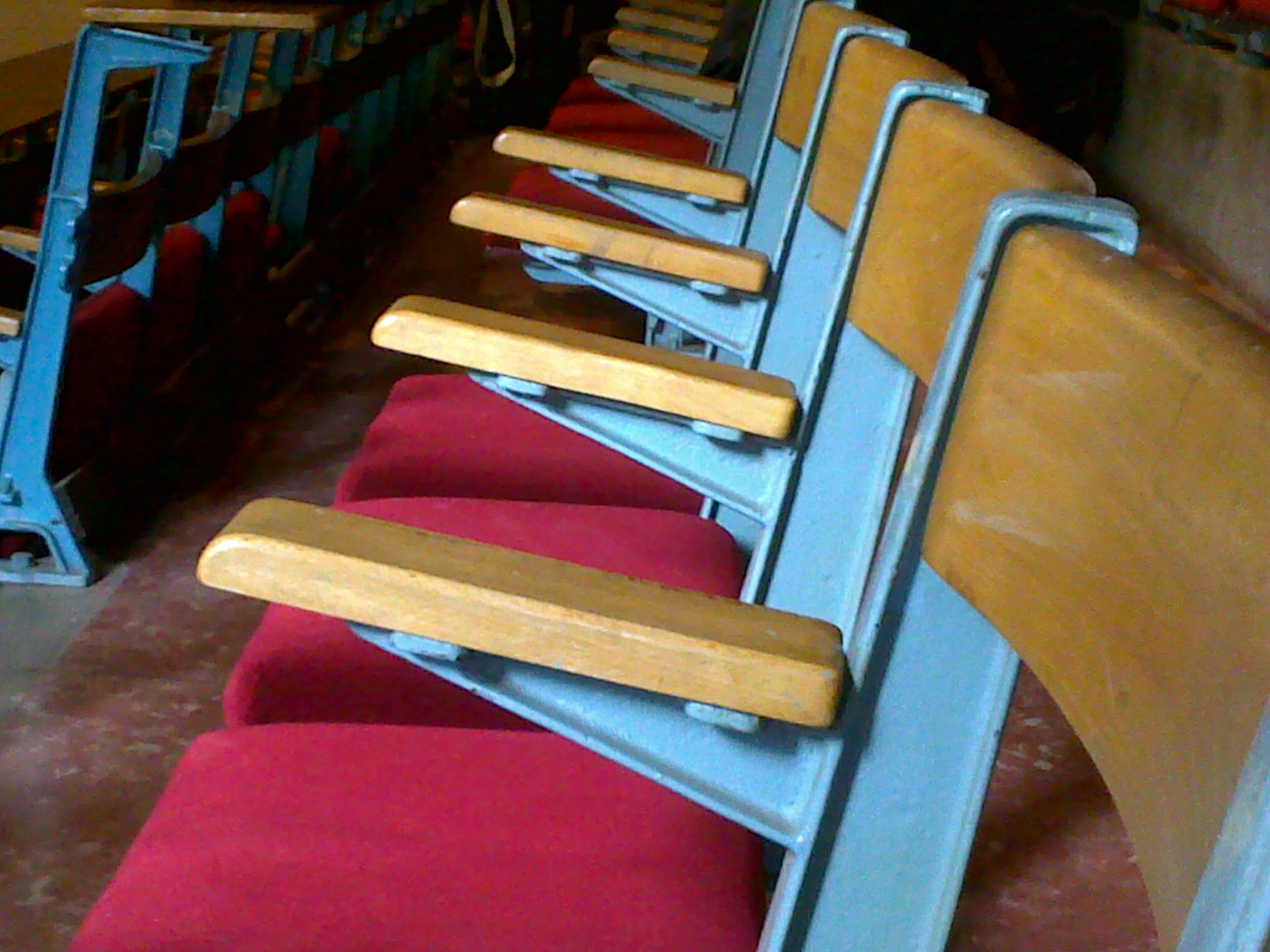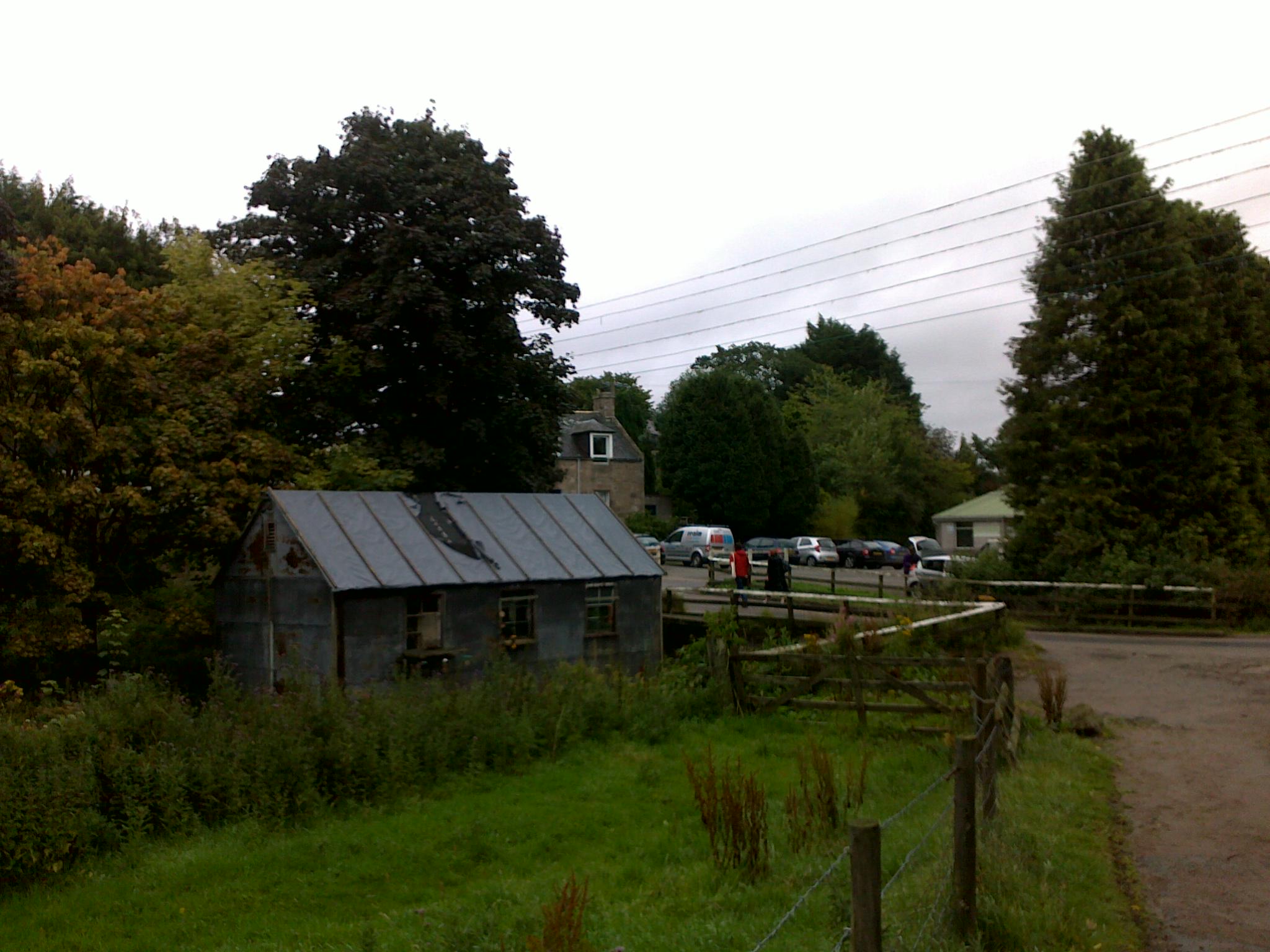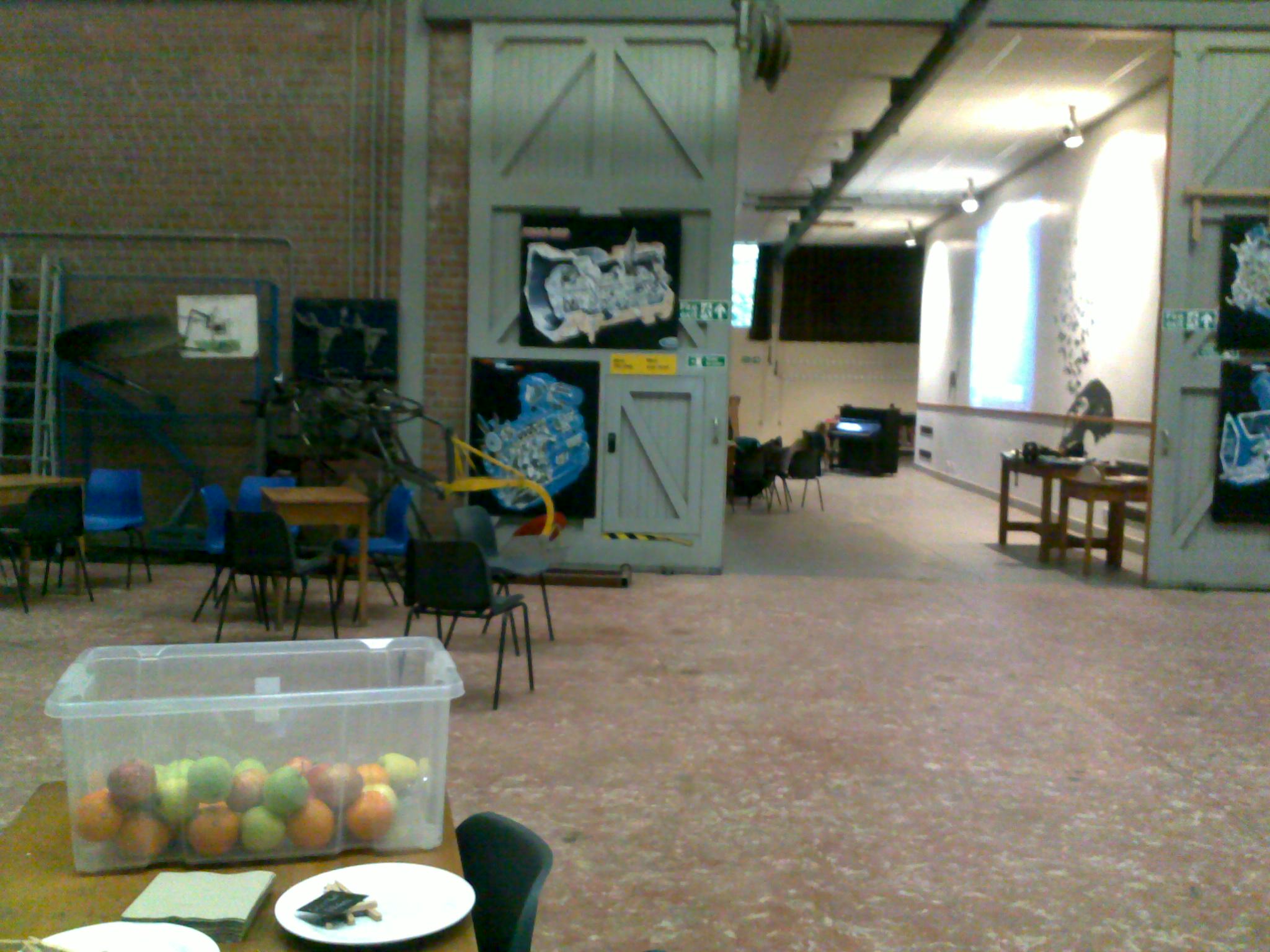by Lieve Orye
Le Grand Bain
Utrecht. The night before. I went to see the movie ‘Le Grand Bain’. There I was, enjoying the movie on my own, plenty of room, surrounded by about 80 empty seats. No other soul around. A screenshot of a cinema room filled with people told me to put my phone on silence. The humour of it brought me in a good mood for the film that was announced as a feel good movie. It tells the story of an odd group of men, each with their own life story and struggles, brought and held together as a team by synchronized swimming. They are not taken seriously by anybody. Nevertheless, they find out about the European championship in male synchronized swimming and decide to participate. After undergoing a hilarious training program, and after a failed attempt to steal sets of bathing suits and bath robes, they manage to get to Sweden and, after a nerve wrecking competition, they win the championship.
Several times though, episodes are shown of the men talking, after training, in the changing room. There, they manage to be present to each other, and give each other space to open up and tell a bit more about their story, their recent troubles. One of them tells of his depression, another of his financial troubles, another of being bullied. Not all of them are able to open up, and sometimes they have to call each other to order. Nevertheless, the synchronized swimming practices and the challenges they meet along the way allow them to develop relationships in which trust and mutual support as well as the shapes and figures of their championship act become possible.
Book launch: a practice book of presence
The next day, a new book Praktijkboek Presentie by Elly Beurskens, Marije Van Der Linde and Andries Baart was presented to a room filled to the brim with people and enthusiasm. Baart is well known for his work in care ethics and for his opus magnum Een Theorie van Presentie (2001). The theory of presence found its roots, inductively, in the work of street pastors in Utrecht. Baart is keen to emphasize that he did not invent the practice of presence. It was done and is done constantly by numerous professionals and volunteers who again and again make an effort to be there for and with the people they care for.
The presence approach which describes and theorizes these practices is nevertheless radical, with far-reaching consequences. It breaks away from care as primarily a provision of solutions to problems. Away from care that focuses on the reformulation of what is going on in someone’s life into a rather orderly, well-defined problem, a theory-driven diagnosis and a solution in the shape of interventions that consist of the application of efficient, effective and competent procedures according to a previously determined plan. The street pastors in Utrecht worked in a very different way: they were there for others without directly focusing on problem solving. The focus was on the cultivation of caring relationships and it was only within these that content and form was given to care. Baart’s study of their practices resulted in a theoretical book, some 900 pages. Now, Praktijkboek Presentie is launched to make the theory more accessible, understandable and inviting to practitioners who wish to practice presence more reflectively.
The ‘latende modus’
As part of this book launch a mini-lecture was given on a key element in the practice and theory of presence: in Dutch, the ‘latende modus’. It refers to an non-interventionist mode of care characterised by patience, unconditional attentiveness and receptivity. It was contrasted with the dutch words ‘maken’ (or the ‘makende modus’) and ‘bemoeien’, characterised by an activism, by knowing what needs to be done on the basis of an intake, a diagnosis and a treatment plan and following that through. Not surprisingly, ‘laten’ and non-interventionism are words that easily trigger misunderstandings, especially when the far-reaching implications of the presence approach are not seen. One of Baart’s strategies to counter these misunderstandings is to explore the word’s field of meaning by drawing attention to other closely related words that indicate a much richer reality of non-interventionist being with the other. Words such as watching over someone, being witness to someone, making space for someone, accompanying someone and undergoing their situation already shatter the first impression of ‘doing nothing’.
Baart’s reflections on the practices of presence signal much more than just an alternative to an interventionist approach. As he notes in his inaugural lecture at the NWU South-Africa in 2016, care and caring are to be seen as the most fundamental category of good, sustainable life together. Taking seriously the experiences and practices of presence by so many professionals and volunteers in their care for those who find themselves ill, marginalised and in trouble pushes one towards a fundamentally different understanding of what makes the world tick, of what it means to be human and of what it takes to live well together. It pushes away from an understanding that emphasizes intentionality, rationality and autonomy, towards a relational anthropology that emphasizes ‘being with’ and ‘knowing one another from inside the relationship’. I would say it pushes towards Tim Ingold’s relational anthropology that makes similar connections between care, presence and sustainable life together and that likewise emphasizes the primacy of attention over intention, the importance of ‘letting be’ and of knowing from within.
To care for others, we must allow them into our presence so that we, in turn, can be present to them. In an important sense, we must let them be, so that they can speak to us. However, letting be, in this sense is not easily reconciled with understanding, let alone with explanation. Understanding and explanation belong to that other mode of attention, as check-up. In this mode, we attend to things and persons so that we can account for them. Once accounted for, they can be ticked off, removed from our list, and dispatched to that repository of the ‘already known’ or ‘well understood’ the contents of which no longer demand anything of us… (Ingold 2016:20-21)
If Baart is interested in further enriching his vocabulary to speak about being human and to strenghten his diagnosis of what is wrong with approaches that emphasize objective expert knowledge, intention and intervention, Ingold’s relational anthropological work is a gold mine. (1)
Synchronized swimming
Life is not lived intentionally but first and foremost attentionally with others, writes Ingold. Though this odd group of men shared an interest in synchronized swimming and took up the plan to participate at the European championship, the movie shows them much more as a relational ‘community of attention’, - of people trying to feel their way forward in the company of one another -, than a ‘community of interest’, - a sum of individuals who purposefully, efficiently and competently work towards a goal agreed upon at the beginning. It is the growing and ongoing relationships between the men that make it possible for certain plans to arise, for a journey to be undertaken, for dreams to become accomplished.
In synchronized swimming marks are given for the intricateness and sharpness of the shapes made by the moving bodies of the team. The movie shows how these shapes, made by this odd group of men to the thrilling surprise of everyone, arise through much practice involving the training of a synchronised attention to each other in the water. But the story is much more than this. Learning to align their bodies in the water they find new space to live attentionally with and care relationally for each other and others, and flourish. As Baart notes, “attentiveness makes people flourish, it makes them do well.” And so they did!
(1) On the relevance of Tim Ingold’s relational anthropology for theological anthropology, see the conclusion of our Louvain Studies special issue on ‘Relation, Vulnerability, Love’
Baart, A. (2001), Een Theorie van Presentie. Boom Lemma Uitgevers.
Beurskens, E.; Van Der Linde, M; Baart, A. (2019) Praktijkboek Presentie, Coutinho.
Ingold, T. (2016), ‘On Human Correspondence,’ Journal of the Royal Anthropological Institute 23, 9-27.











